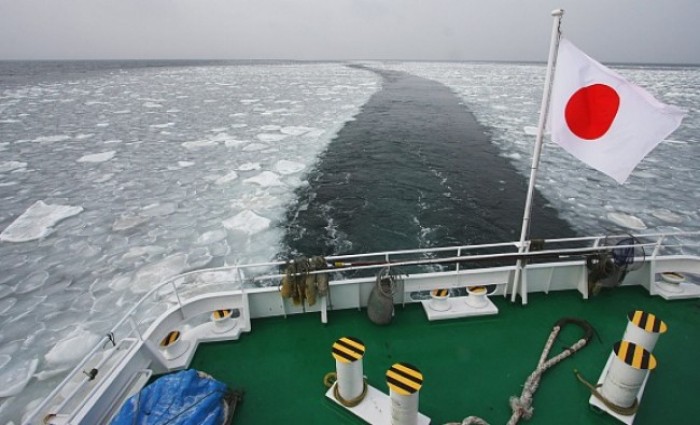Published in the Nikkei Asian Review 5/3/2015
US President Barack Obama and Japanese Prime Minister Shinzo Abe have at least one thing in common. They have both been great for stock markets.
When Obama was inaugurated in 2009, the S&P 500 Index was languishing at 800. Four years later it had doubled and has since gone from strength to strength. If anything, Abe the Alchemist has performed an even more remarkable feat, with the Nikkei Index having doubled in a mere twenty eight months.
According to the legendary investor, Sir John Templeton, bull markets “are born amidst despair, grow amidst scepticism, mature amidst optimism and die amidst euphoria.” By that criterion, the Abe bull market still has plenty of legs. Scepticism remains the default position for most commentary about Japan and the public itself is far from convinced that recovery is on the way.
After twenty five years of financial trauma and feeble policy response, such caution is understandable. As deflation embedded itself in the collective psyche, inertia became the optimum survival strategy. With interest rates locked above the rate of nominal GDP growth it was a mug’s game to invest in new plant and equipment or risk assets such as stocks and real estate.
In this financial ice age credit froze up and animal spirits starved. The result was a massive accumulation of private sector surpluses – much of it held, directly or via the banking system, in government bonds. Japan’s financial bureaucrats made several ill-fated attempts to rein in the explosion in government debt through tax hikes and spending cuts. In reality they should have been tackling the other side of the national balance sheet – the explosion of private sector financial assets which now mainly sit on corporate balance sheets.
Whether the Abe reflationary strategy succeeds or fails depends on what happens to this monetary Mount Fuji. Fortunately there are at least three reasons why corporate managements are likely to put their bounteous cash-flows to work.
First, contrary to the conventional wisdom, the Bank of Japan’s aggressive monetary policy has already had effects well beyond the financial markets. The BoJ’s survey of corporate managements reveals inflationary expectations of 1.7% over the next 10 years. In other words the decision-makers themselves believe that continuing to hoard cash will lead to a cumulative real loss of some 15% over the period – a far cry from the steady tax-free gains guaranteed under deflation.
Second, over the past six years Japanese managements have restrained capital investment while profits have soared to record highs. The result is that the capital stock is generating an unprecedentedly juicy rate of return.
Finally, the Abe administration’s active promotion of corporate governance is pushing managements towards a more disciplined use of capital. Specifically the requirement for listed companies to announce targets for ROE (return on equity) should lead to a new reluctance to pile up low-return assets.
Companies churning out high gross margins have a number of choices as to what to do with the money. They can invest in future growth through capital investment and mergers and acquisitions. They can return the money to shareholders through dividends and share buybacks and they can offer better terms to workers. The likely outcome is a mixture of all these approaches.
The case for more capital spending is clear. The “age” of Japan’s capital stock has risen by 50% since the mid-1990s. Furthermore with the yen at its cheapest in trade-weighted terms since the dawn of floating currencies, Japan has become the region’s low cost producer in a range of industries, from shipbuilding to software engineering. Already this year a dozen major companies have announced plans to “re-onshore” production and expand domestic capacity. Many more will follow.
Outbound M&A activity has picked up steadily, but the focus is on strategic mid-scale deals, like Hitachi’s $2bn purchase of Rome-based Finmeccanica’s rolling stock business and Mizuho’s acquisition of a $3bn North American loan book from Royal Bank of Scotland. Corporate Japan’s inglorious reputation for splashing out on prime New York real estate and other trophy assets has passed to bubbled-up Chinese buyers.
Meanwhile share buybacks by listed Japanese companies have risen to new highs. Even so companies are still retaining too much cash flow if RoE is to stay healthy. Activist investors have a part to play in steering companies towards higher pay-outs. Hopefully the Japanese establishment will show more understanding of their role in the financial eco-system than in the mid-noughties, when domestic activists were prosecuted on technicalities and foreigners sent packing.
As for as the balance between labour and capital, over time market forces make change inevitable. Structural shortages will mandate more investment in human capital, including the conversion of part-timers to full-time employees, the promotion of capable women and, ultimately, increasing use of immigrant workers.
In April Japan will approach the second anniversary of “QQE” – quantitative and qualitative easing. In terms of Obama time, the Japanese economy and financial markets are just entering 2011. Think about it that way and the progress looks remarkable. Sir John’s “euphoria” is nowhere close, but the ice is slowly, visibly melting.
